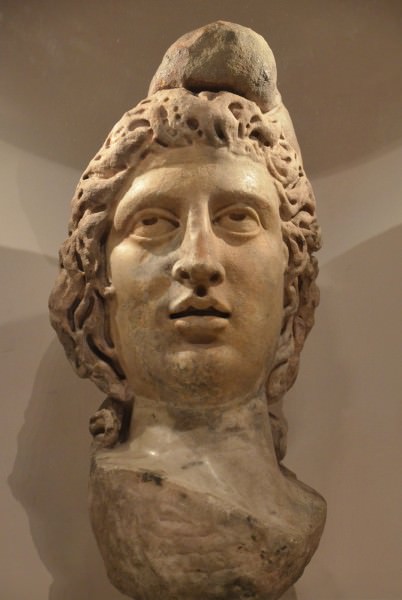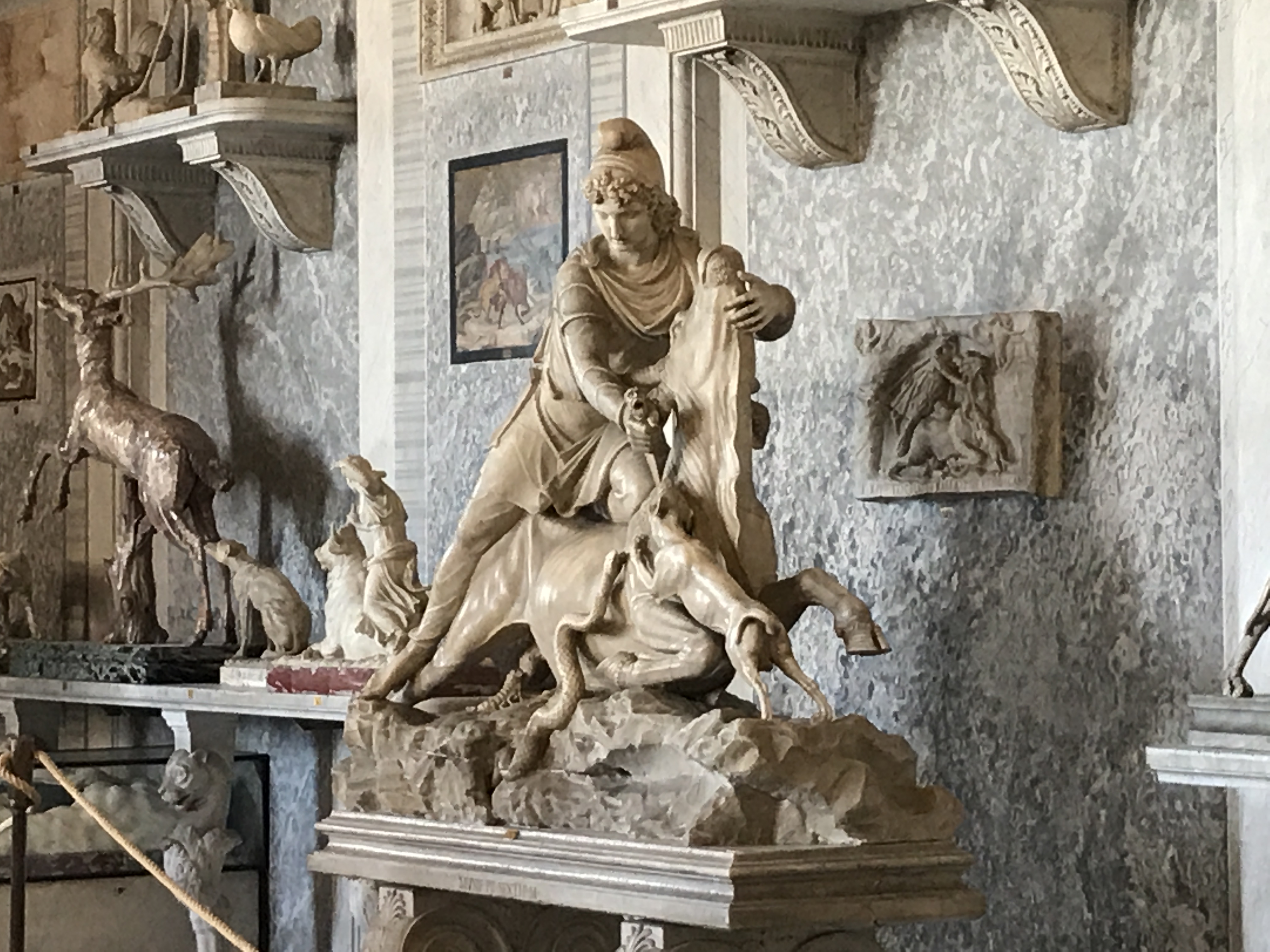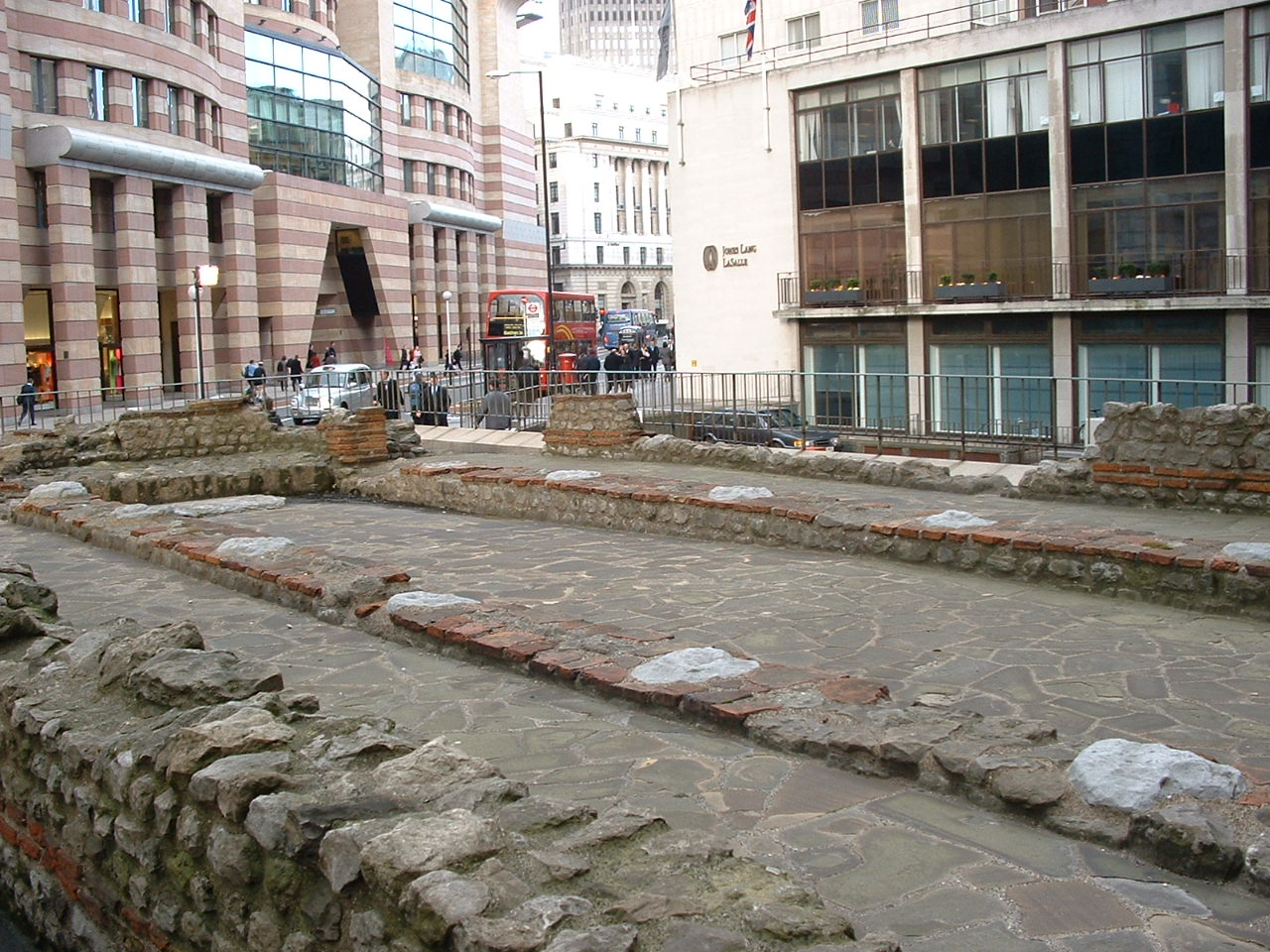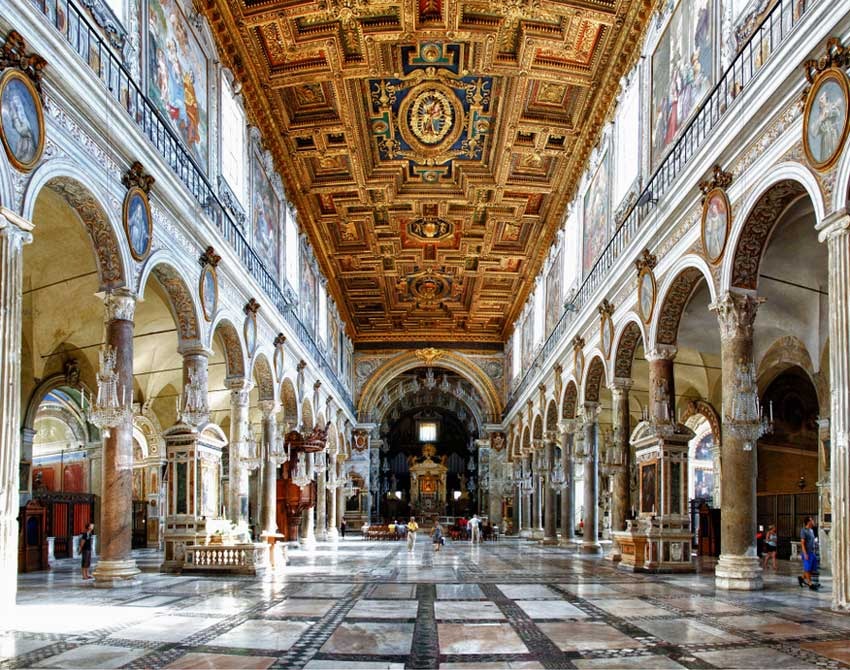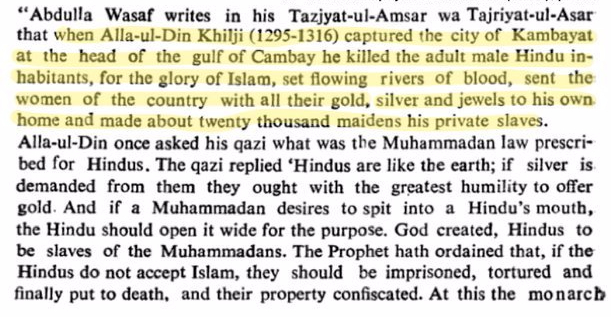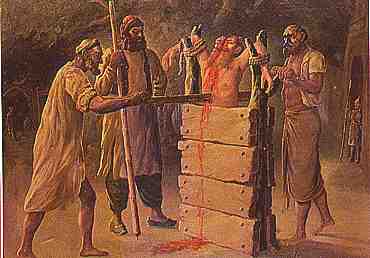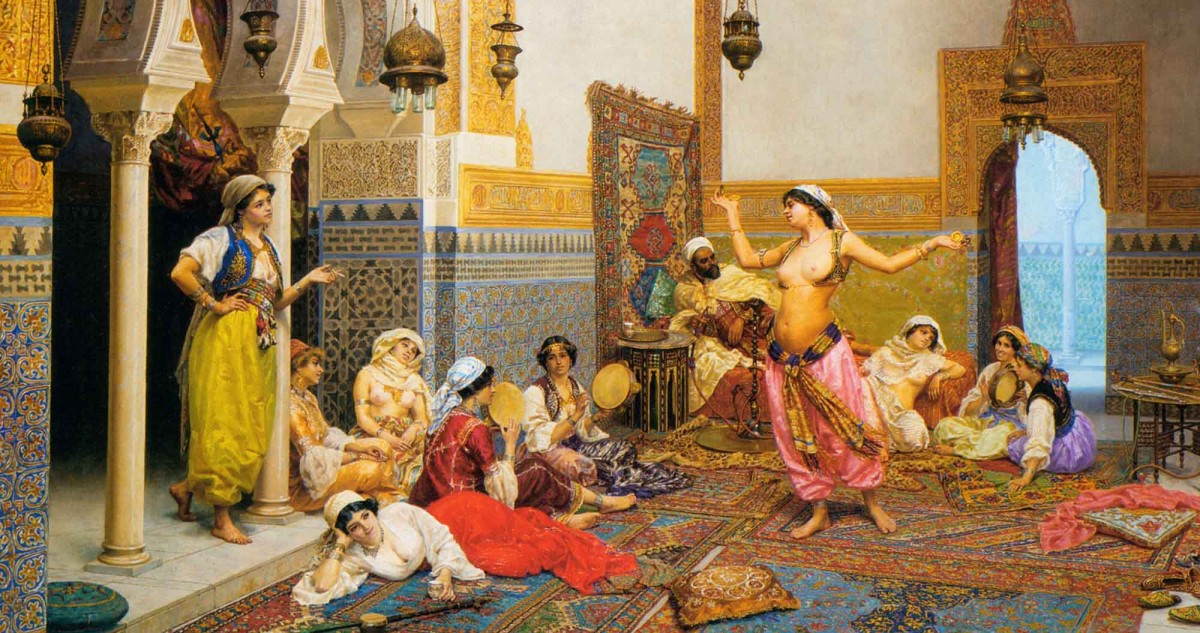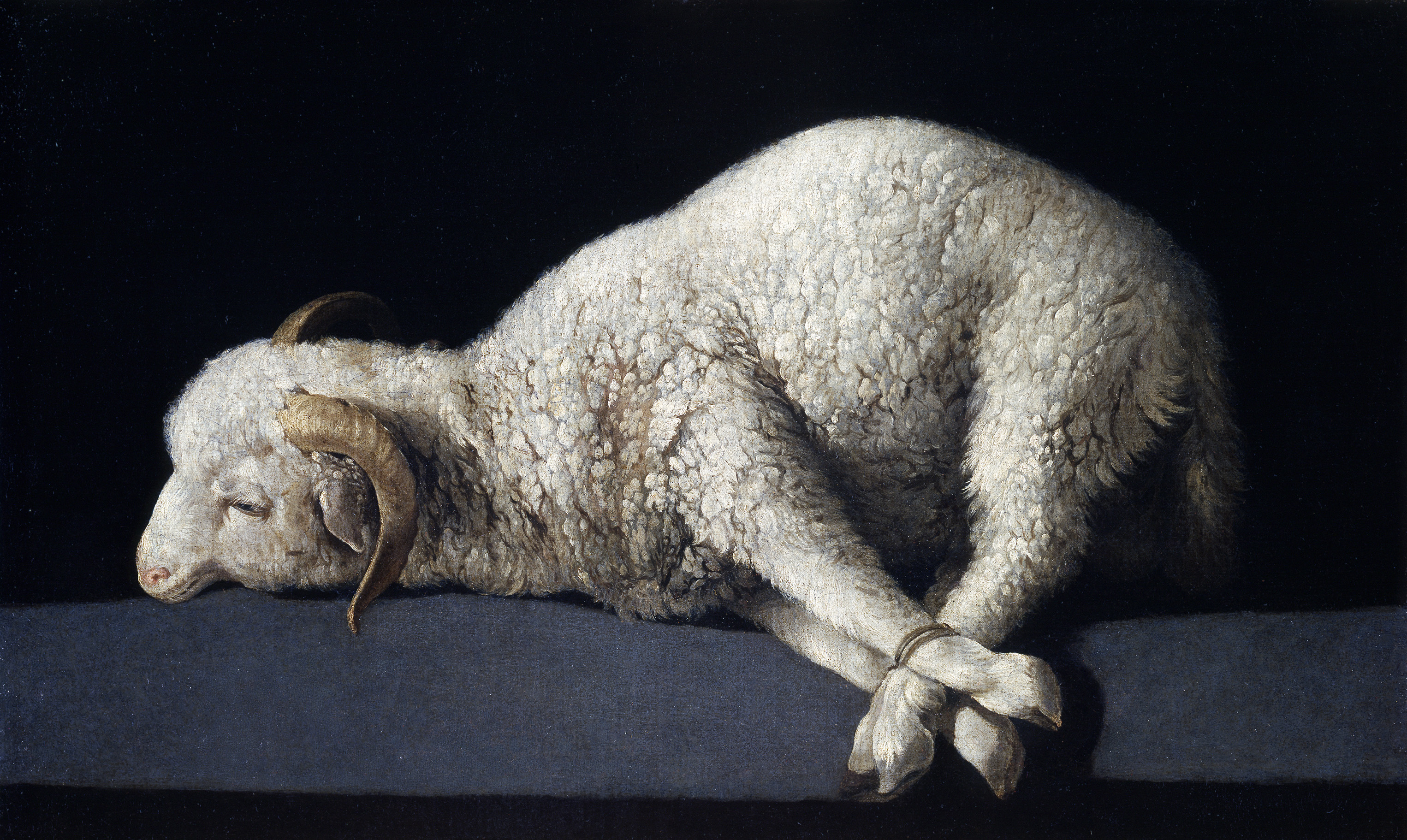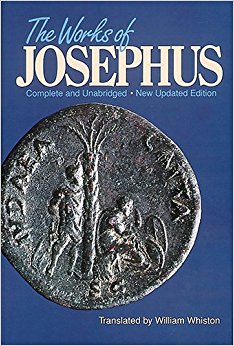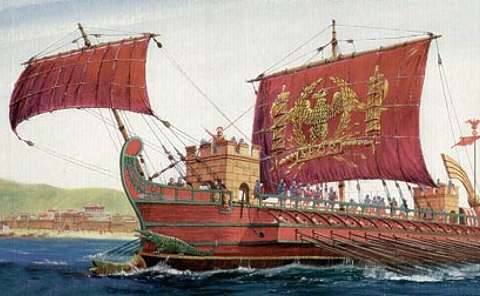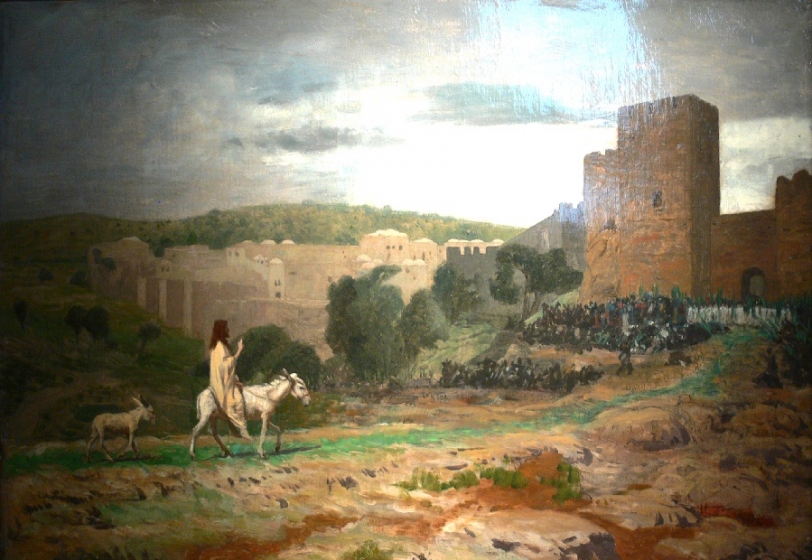GOSPELS, TYPOLOGY and the PROPHECIES
When Vespasian captured Roman throne through his army, he wanted to have the same divinity status as earlier Caesars because he came from a different dynasty. But, the process of deification was a very elaborate and complex process. Only Senate of Rome could declare Caesar as divine. Vespasian displayed great shrewdness in this matter. Already the noted Jew turned Roman scholar, Josephus, was writing Jewish history using the war accounts of Vespasian and the only Jewish literature available that was with Caesar. Josephus records that the Jewish history literature for references, was given to him by Titus.
Through his writings, Josephus declared that the messiah was not to come from Jews. Josephus interpreted the messiah prophecy of Jews to suit Vespasian. He interpreted that the messiah would come from Israel but would be a Roman. The rise of Vespasian as emperor from Palestine, was the coming of the messiah! Titus, son of Vespasian, presented the case of his father to the senate, emphasizing that his campaigns in Judea were divine and fulfilled the prophecies of gods. It was now, probably, that the Gospels were written.

To produce the Gospels, deep understanding of the Judaic literature was required. The Gospels would not just replace the literature of the old religion but, would appear as if ‘growing out of it’, resembling in style and manner. To achieve this effect, the Flavian writers used a technique, used in Judaic literature throughout- typology. It simply means, creating an image of the former, like a painting. They were written in Greek. When scholars compare the works of Josephus and the Gospels, side by side, both show parallel events and writings.
THE 40 YEARS SWITCH!
There are huge number of ‘predictions’ in Gospels supposed to have been written by Apostles like, John the Baptist, in ‘Book of Revelation or Revelation to John’ and others. It is a book of the New Testament that occupies central position in Christian eschatology. These ‘prophecies’ show uncanny exactness with the destruction of Jerusalem and the Temple by Titus, written by the eyewitness, Josephus. The resemblance is so accurate that there can be just one conclusion- the writers of both was the same person! The second Temple was demolished by Titus, as ‘predicted’ decades before! What Josephus did was a simple time shift of ‘predictions’ as he was writing new literature for the Roman messiah. He ante-dated the ‘predictions’ by 40 years, to show that the predictions of Jesus in 30 CE, at the beginning of Jesus’s ministry, came true 40 years later! The Temple was razed by Titus in 70 CE, exactly 40 years later! Following are just few of those ‘predictions’ and accounts written by Josephus.
THE PROPHECIES
In the Gospel by Mathew it is written that Jesus prophesied both the destruction of the temple and Jerusalem; therefore, it is necessary to discuss both prophecies to clearly understand the events that happened 40 years later.
THE TEMPLE DESTRUCTION PROPHECY
“Jesus left the temple and was walking away when his disciples came up to him to call his attention to its buildings.
‘Do you see all these things?’ he asked. ‘I tell you the truth, not one stone here will be left on another; everyone will be thrown down'” (Matt.24:1-8 NIV).

‘Eternal peace was within your reach and you turned it down,’ he wept, ‘and now it is too late. Your enemies will pile up earth against your walls and encircle you and close in on you, and crush you to the ground, and your children within you; your enemies will not leave one stone upon another- for you have rejected the opportunity God offered you.’ Then he entered the Temple and began to drive out the merchants from their stalls, saying to them, ‘The Scriptures declare, My Temple is a place of prayer; but you have turned it into a den of thieves'” (Lk.19:36-46 TLB).
John the Baptist is mentioned writing his prophecies in Apocalypse of John as following:

1. John’s Revelation– “And there were noises and thundering and lightnings; and there was a great earthquake, such a mighty and great earthquake as had not occurred since men were on the earth.” (16:18)JOSEPHUS- Wars of the Jews 4:4:5 “for there broke out a prodigious storm in the night, with the utmost violence, and very strong winds, with the largest showers of rain, with continued lightnings, terrible thunderings, and amazing concussions and bellowings of the earth, that was in an earthquake. These things were a manifest indication that some destruction was coming upon men.

2. John’s Revelation– “Now the great city was divided into three parts, and the cities of the nations fell” JOSEPHUS- Wars of the Jews 5:1:1 – “It so happened that the sedition at Jerusalem was revived, and parted into three factions”
3. John’s Revelation – “And great hail from heaven fell upon men, each hailstone about the weight of a talent.” (16:21)JOSEPHUS- Wars of the Jews 5:6:3 – “Now the stones that were cast (from the catapult) were of the weight of a talent, and were carried two furlongs and further. The blow they gave was no way to be sustained, not only by those that stood first in the way, but by those that were beyond them for a great space.

Three important events that happened in the war, which were fulfilling the prophecies, are the following. These events were ‘predicted’ in the Gospels!
1. There was siege of Galilee and its fall
2. JESUS- Your enemies will pile up earth against your walls and encircle you and close in on you

Josephus- War of the Jews: Titus raised a wall around the Temple town of Jerusalem, which was as high as the city walls, all around its circumference3. JESUS- “not one stone here will be left on another; everyone will be thrown down”
Josephus-War of the Jews: The Second Temple of Jews in Jerusalem was demolished by Titus – “until not one stone remained atop another”! (see image)
The foundation literature of Christianity which led to the formation of Roman Catholic Church was written by Jewish intellectuals like Josephus, under the supervision of Flavian emperors, Vespasian, Titus and Domitian. An elaborate, but, a great intellectual enterprise indeed!


















